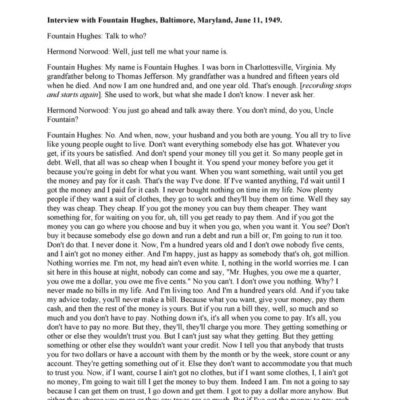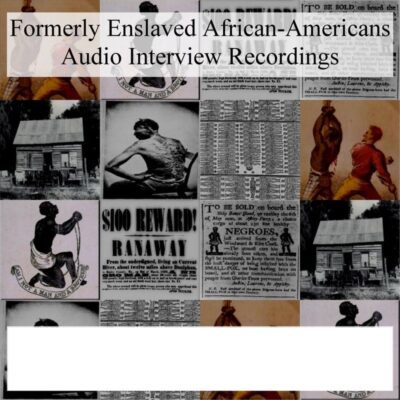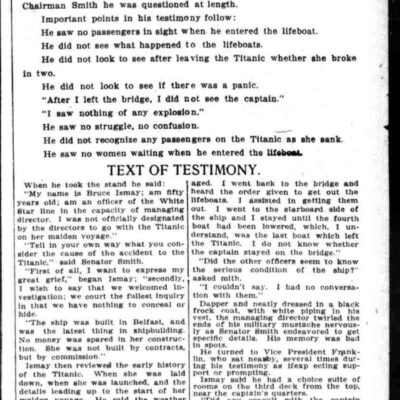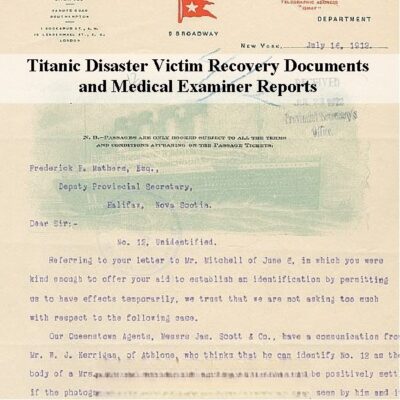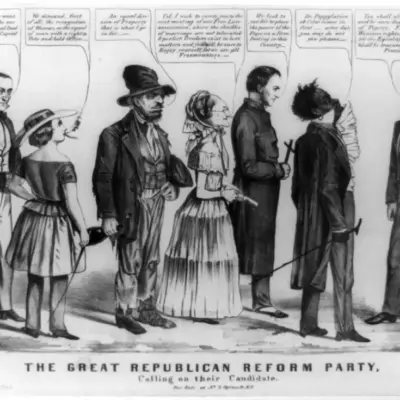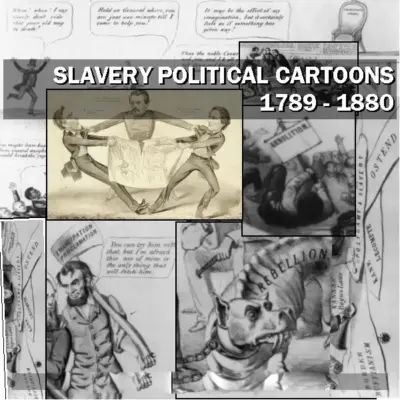“Journal of the Congress of the Confederate States of America 1861-1865” has been added to your cart. View cart
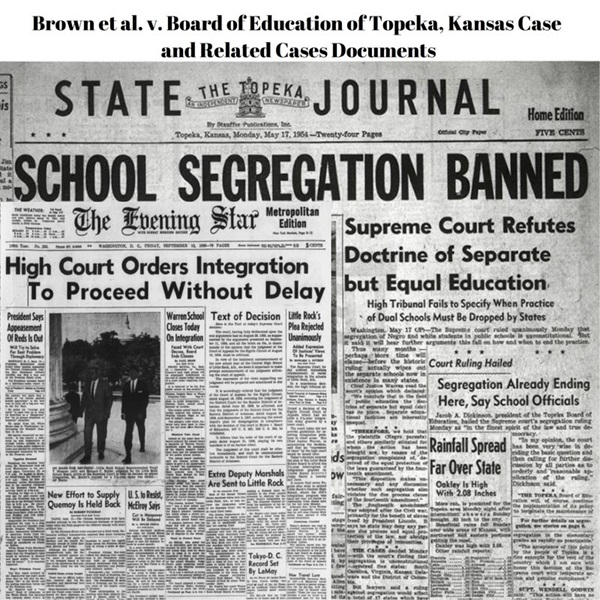
Description
Road to Brown v. Board of Education
Detailed Timeline of Main Events
1857:
- Dred Scott decision: This infamous Supreme Court decision is mentioned by Justice John Marshall Harlan as a precedent for the “baneful” nature of the Plessy v. Ferguson ruling.
1895:
- South Carolina Constitution, Article 11, Section 7: This article is enacted, explicitly requiring “Separate schools shall be provided for children of the white and colored races, and no child of either race shall ever be permitted to attend a school provided for children of the other race.”
1896:
- Plessy v. Ferguson Supreme Court ruling: The Supreme Court upholds the constitutionality of segregated railroad coaches, establishing the “separate but equal” doctrine as the constitutional basis for segregation. Justice John Marshall Harlan dissents, declaring the Constitution “color blind.”
1930s:
- NAACP pursues graduate-level desegregation lawsuits: The National Association for the Advancement of Colored People (NAACP), led by Thurgood Marshall, begins a strategy of challenging segregation at the university graduate level, where separate but equal facilities would be difficult and expensive to maintain.
1938:
- Gaines v. University of Missouri: A significant victory for the NAACP’s desegregation efforts.
- Thurgood Marshall becomes General Counsel for the NAACP’s Legal Defense and Education Fund.
1942:
- Section 5377 of the Code of Laws of South Carolina: This law explicitly states, “It shall be unlawful for pupils of one race to attend the schools provided by boards of trustees for persons of another race.”
Fall 1944:
- Mendez children denied enrollment at Main Street School: Gonzalo and Felicita Mendez attempt to enroll their children in a school they were traditionally allowed to attend, but new boundary lines exclude Mexican and Latino neighborhoods. The children are assigned to the segregated Hoover Elementary School.
January 1945:
- Orange County school district passes resolution: The district allows Japanese American children, previously segregated, to attend the Main Street School.
1945-1946:
- Mendez et al. v. Westminster School District of Orange County lawsuit: The Mendez family and other Latino parents, with the help of the United Latin American Citizens (LUCAC), sue four Orange County school districts for segregating their children. David Marcus argues the case, challenging the constitutionality of segregation based on the 14th Amendment and calling expert social scientists as witnesses.
- State trial of Mendez v. Westminster: Orange County superintendents use stereotypical imagery to defend segregation, while Carol Torres and Felicita Mendez testify to counter these claims.
1947:
- Judge Paul McCormick rules in Mendez v. Westminster: McCormick finds no justification for segregating Mexican children under California law and rules it a “clear denial of the equal protection clause of the 14th Amendment.”
- U.S. Ninth Circuit Court upholds Mendez v. Westminster ruling: The school districts’ appeal is rejected, and they drop the case.
- California Legislature passes the Anderson bill: This bill repeals all California school codes mandating segregation, signed by Governor Earl Warren.
- Briggs v. Elliott originates: A complaint against segregated schools in Clarendon County, South Carolina, is filed, charging a violation of the 14th Amendment’s equal protection clause.
1948:
- Sipuel v. Board of Regents of University of Oklahoma: Another significant victory for the NAACP’s graduate-level desegregation efforts.
1950:
- Sweatt v. Painter: A key victory for the NAACP in challenging the “equal” standard in higher education.
- NAACP Topeka Chapter files Brown v. Board of Education: Members file a class-action suit challenging the “separate but equal” doctrine in public education after their children are denied enrollment in white-only schools.
- Clarendon County, South Carolina, school funding disparity: The county spends more than three times as much on white children’s education as on black children’s.
May 1951:
- Briggs v. Elliott trial in Charleston District Court: Thurgood Marshall leads the NAACP legal team, presenting social science evidence (including Kenneth Clark’s “Doll Study”) and demonstrating funding disparities. A three-judge panel rules 2-1 against ending segregation but orders the school system to equalize facilities. Judge Waties Waring writes a dissenting opinion.
1951-1957:
- Brown et al. v. Board of Education of Topeka Key Documents Volume 1: Political and legal documents concerning the case are generated, including the initial complaint, court orders, and correspondence between President Eisenhower and various governors.
1952:
- Supreme Court hears Briggs v. Elliott (first time): The Court returns the case to the district court for re-hearing after Clarendon County reports progress in equalizing facilities.
- Supreme Court consolidates desegregation cases: Brown v. Board of Education and four other similar cases (Briggs v. Elliott; Davis v. County School Board of Prince Edward County, VA; Bolling v. Sharpe; and Gebhart v. Belton) are combined, making it a national issue. Thurgood Marshall argues the case before the Supreme Court, contending that separate schools are inherently unequal and harmful to black children.
March 1952:
- Briggs v. Elliott re-hearing in district court: The district court finds progress towards equality, but Thurgood Marshall argues that separation itself makes schools unequal. The case is appealed again.
June 1953:
- Supreme Court unable to reach a decision in Brown: The Justices are deeply divided, and the case is scheduled for re-hearing in December 1953.
- Chief Justice Fred Vinson dies.
July 16, 1953:
- Letter from Texas Governor Allan Shivers to Dwight D. Eisenhower: Regarding school segregation.
August 14, 1953:
- Letter from Dwight D. Eisenhower to South Carolina Governor James Byrnes: Stating his views on school segregation.
March 25, 1953:
- Memorandum, Dwight D. Eisenhower to Secretary of Defense: Regarding segregation in schools on Army Posts.
December 1953:
- Brown v. Board of Education re-heard by the Supreme Court.
- Earl Warren replaces Fred Vinson as Chief Justice.
May 7, 1954:
- Chief Justice Earl Warren circulates draft memoranda: He proposes short, readable, non-rhetorical, unemotional, and non-accusatory opinions for the Brown case, aiming for a unanimous vote and postponing implementation.
May 11, 1954:
- Associate Justice William O. Douglas responds to Warren’s draft: He enthusiastically states, “I do not think I would change a single word in the memoranda you gave me this morning. The two draft opinions meet my idea exactly. You have done a beautiful job.”
May 14, 1954:
- Supreme Court issues unanimous decision in Brown v. Board of Education: Chief Justice Earl Warren delivers the opinion, stating, “We conclude that in the field of public education the doctrine of ‘separate but equal’ has no place. Separate educational facilities are inherently unequal…” The Court does not immediately give implementation directions but asks state attorney generals to submit plans.
May 17, 1954:
- Associate Justice Harold H. Burton congratulates Warren: In a note, he calls it “a great day for America and the Court” and credits Warren for achieving unanimity.
- William L. Patterson, Executive Secretary of the Civil Rights Congress, congratulates Walter White: Patterson acknowledges the NAACP’s victory.
- “Segregation in Schools is Outlawed” headlines The Russell Daily News in Topeka, Kansas.
May 18, 1954:
- NAACP sends congratulations on the Brown decision.
October 23, 1954:
- Letter from Dwight D. Eisenhower to Swede Hazlett: Eisenhower details his feelings regarding Earl Warren’s appointment as Chief Justice.
1955:
- Frankfurter’s Draft Decree in Brown II: Associate Justice Felix Frankfurter drafts a decree for the implementation phase.
- U.S. District Court Judge William S. Atwell rules against desegregation in Dallas: Atwell claims the Supreme Court overstepped its authority in the Brown decision.
May 31, 1955:
- Supreme Court issues “Brown II” ruling: The Justices hand down a plan for desegregation to proceed with “all deliberate speed.”
1956-1962:
- FBI files on the integration of Dallas Public Schools: Document the ongoing resistance and eventual desegregation efforts in Dallas.
1957:
- Florida State Legislature passes resolution opposing Brown v. Board of Education: This resolution expresses opposition to the 1954 Supreme Court decision.
- Judge William S. Atwell rules against plaintiffs in Bell v. Rippy: In a lawsuit against the Dallas school system, Atwell again claims the Supreme Court overstepped its power in Brown. This ruling is later overruled by the Fifth Circuit of Appeals.
- Fifth Circuit of Appeals overrules Judge Atwell’s decisions and desegregation plan: Atwell had crafted a plan for a twelve-year desegregation period, which the Fifth Circuit also struck down.
1960:
- Dallas remains the largest segregated school system in the Southern United States.
Fall 1961:
- Dallas begins desegregating its schools: This occurs under order of the Fifth Circuit.
Cast of Characters
Judicial Figures:
- Earl Warren: Chief Justice of the U.S. Supreme Court from 1953. He carefully engineered a unanimous decision in Brown v. Board of Education, authored the opinion, and later signed the Anderson bill as Governor of California, which repealed school segregation codes.
- Fred Vinson: Predecessor to Earl Warren as Chief Justice of the U.S. Supreme Court. He died in June 1953 before the Court could reach a decision in the Brown case.
- William O. Douglas: Associate Justice of the U.S. Supreme Court. He enthusiastically approved Chief Justice Warren’s draft opinions for the Brown decision.
- Felix Frankfurter: Associate Justice of the U.S. Supreme Court. He provided handwritten notes to Earl Warren and drafted the decree for Brown II.
- Harold H. Burton: Associate Justice of the U.S. Supreme Court. He sent a congratulatory note to Chief Justice Warren on the day of the Brown decision, praising his judicial statesmanship in achieving unanimity.
- J. Waties Waring: Federal District Court Judge in the Briggs v. Elliott case. He wrote a significant dissenting opinion against school segregation, foreshadowing the arguments used by the Supreme Court in Brown.
- Paul J. McCormick: State Judge in the Mendez et al. v. Westminster School District case. He ruled in favor of the plaintiffs, stating that segregating Mexican children in California was a “clear denial of the equal protection clause of the 14th Amendment.”
- William S. Atwell: U.S. District Court Judge in Dallas. He repeatedly ruled against desegregation in Dallas public schools, claiming the Supreme Court overstepped its authority in Brown, and attempted to craft a slow desegregation plan, all of which were overruled by the Fifth Circuit of Appeals.
- John Marshall Harlan: Dissenting Justice in the 1896 Plessy v. Ferguson Supreme Court decision. He famously declared the Constitution “color blind” and predicted the decision would be as “baneful” as the Dred Scott decision.
Legal & Civil Rights Activists:
- Thurgood Marshall: A prominent black lawyer who became General Counsel for the NAACP’s Legal Defense and Education Fund in 1938. He spearheaded the NAACP’s legal strategy against segregation, arguing cases like Gaines v. University of Missouri, Sipuel v. Board of Regents of University of Oklahoma, Sweatt v. Painter, Briggs v. Elliott, and personally arguing Brown v. Board of Education before the Supreme Court. He also made complaints to the FBI about intimidation tactics in Texas.
- David Marcus: Attorney for the plaintiffs in Mendez et al. v. Westminster School District. He challenged the constitutionality of education segregation based on the 14th Amendment.
- Walter White: A prominent figure in the NAACP, congratulated by William L. Patterson for the NAACP’s victory in Brown v. Board of Education.
- William L. Patterson: Executive Secretary of the Civil Rights Congress. He sent a congratulatory letter to Walter White on the NAACP’s victory in Brown v. Board of Education.
- Robert Carter: A respected lawyer from the NAACP who worked on the Bush v. Orleans Parish School Board case, applying pressure on the courts in New Orleans desegregation efforts.
Plaintiffs & Their Families:
- Oliver Brown: The named plaintiff in Brown et al. v. Board of Education of Topeka, Kansas. His and other parents’ efforts to enroll their children in white-only schools in Topeka led to the landmark Supreme Court case.
- Harry Briggs, Jr.: One of twenty parents who brought suit against the school board in Clarendon County, South Carolina, in the Briggs v. Elliott case, which was combined with Brown.
- Gonzalo and Felicita Mendez: Parents who sued the Westminster School District of Orange County, California, after their children were denied enrollment in the Main Street School due to segregated boundary lines. Felicita Mendez also gave testimony about her family life.
- Carol Torres: Fourteen-year-old witness in the Mendez v. Westminster case, who took the stand to counter claims that Mexican children did not speak English.
- Dorothy E. Davis et al.: Plaintiffs in Davis et al. v. County School Board of Prince Edward County, Virginia, one of the five cases consolidated with Brown.
- Spottswood Thomas Bolling et al.: Plaintiffs in Bolling et al. v. C. Melvin Sharpe, one of the five cases consolidated with Brown.
- Francis B. Gebhart et al.: Plaintiffs in Gebhart et al. v. Ethel Louise Belton, one of the five cases consolidated with Brown.
Government Officials:
- Dwight D. Eisenhower: President of the United States. He sent memoranda to the Secretary of Defense regarding segregation in schools on Army Posts and corresponded with various governors about school segregation. His views on Earl Warren’s appointment are also mentioned.
- Allan Shivers: Governor of Texas in 1953. He corresponded with President Eisenhower regarding school segregation.
- James Byrnes: Governor of South Carolina in 1953. He corresponded with President Eisenhower regarding school segregation.
- Robert Kennon: Governor of Louisiana in 1953. He corresponded with President Eisenhower regarding school segregation.
- R.W. Elliott: President of the school board for Clarendon County, South Carolina, and a defendant in the Briggs v. Elliott case.
Others:
- Kenneth Clark: Social scientist whose controversial “Doll Study” was presented as evidence by Thurgood Marshall in the Briggs v. Elliott and Brown v. Board of Education cases to show the psychological harm of segregation on Black children.
- E. E. “Swede” Hazlett: A boyhood friend of President Dwight D. Eisenhower, to whom Eisenhower wrote a letter detailing his feelings about Earl Warren’s appointment.
- William W. Oliver: Law clerk for Justice Warren.
- Martin F. Richman: Law clerk for Justice Warren.




















